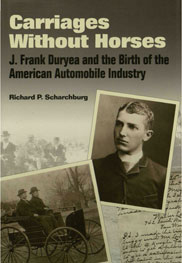Journal Article
A New Approach for Very Low Particulate Mass Emissions Measurement
2013-04-08
2013-01-1557
Pending reductions in light duty vehicle PM emissions standards from 10 to 3 mg/mi and below will push the limits of the gravimetric measurement method. At these levels the PM mass collected approaches the mass of non-particle gaseous species that adsorb onto the filter from exhaust and ambient air. This introduces an intrinsic lower limit to filter based measurement that is independent of improvements achieved in weighing metrology. The statistical variability of back-up filter measurements at these levels makes them an ineffective means for correcting the adsorption artifact. The proposed subtraction of a facility based estimate of the artifact will partially alleviate the mass bias from adsorption, but its impact on weighing variability remains a problem that can reach a significant fraction of the upcoming 3 and future 1 mg/mi standards. This paper proposes an improved PM mass method that combines the gravimetric filter approach with real time aerosol measurement.

